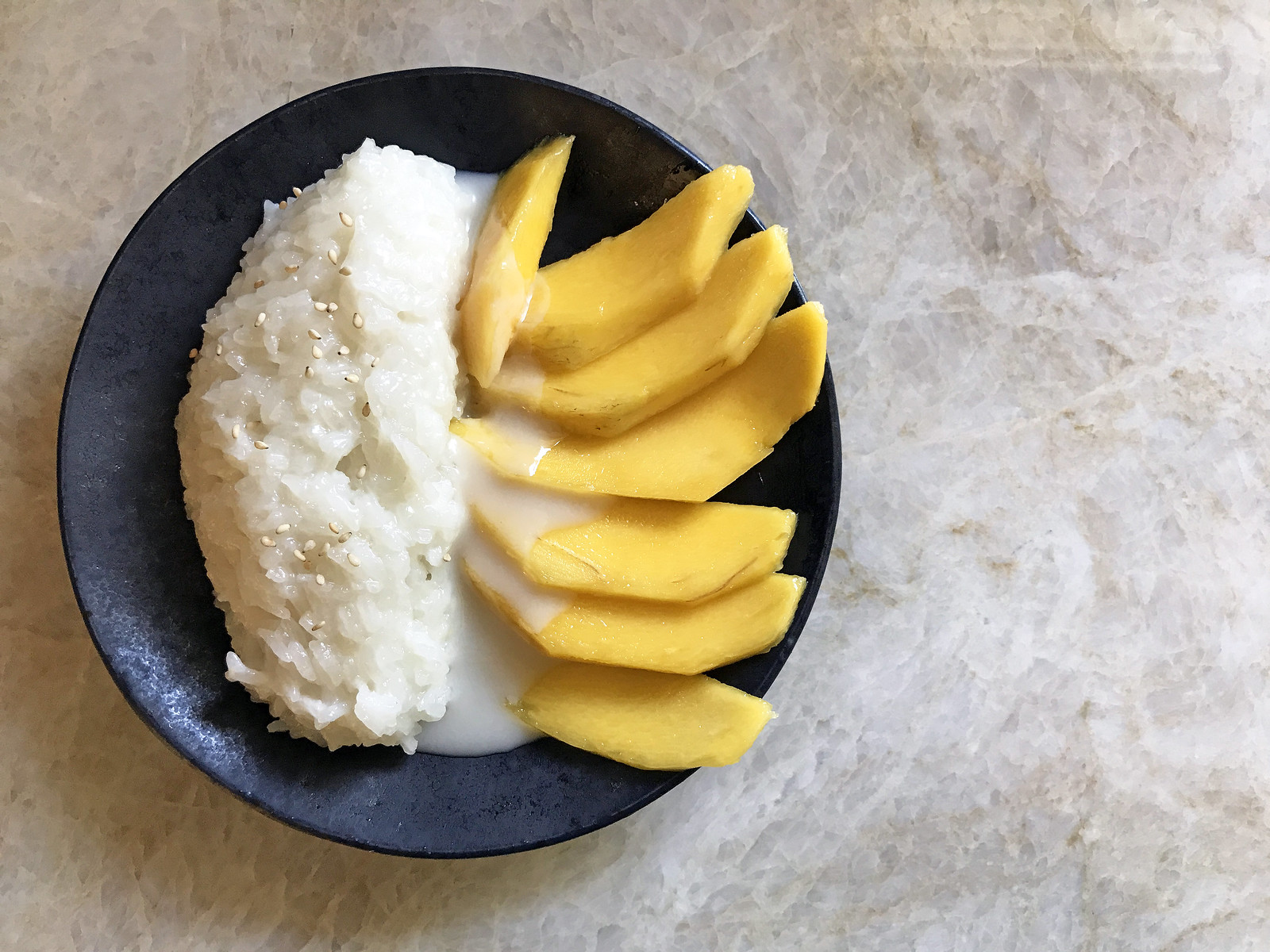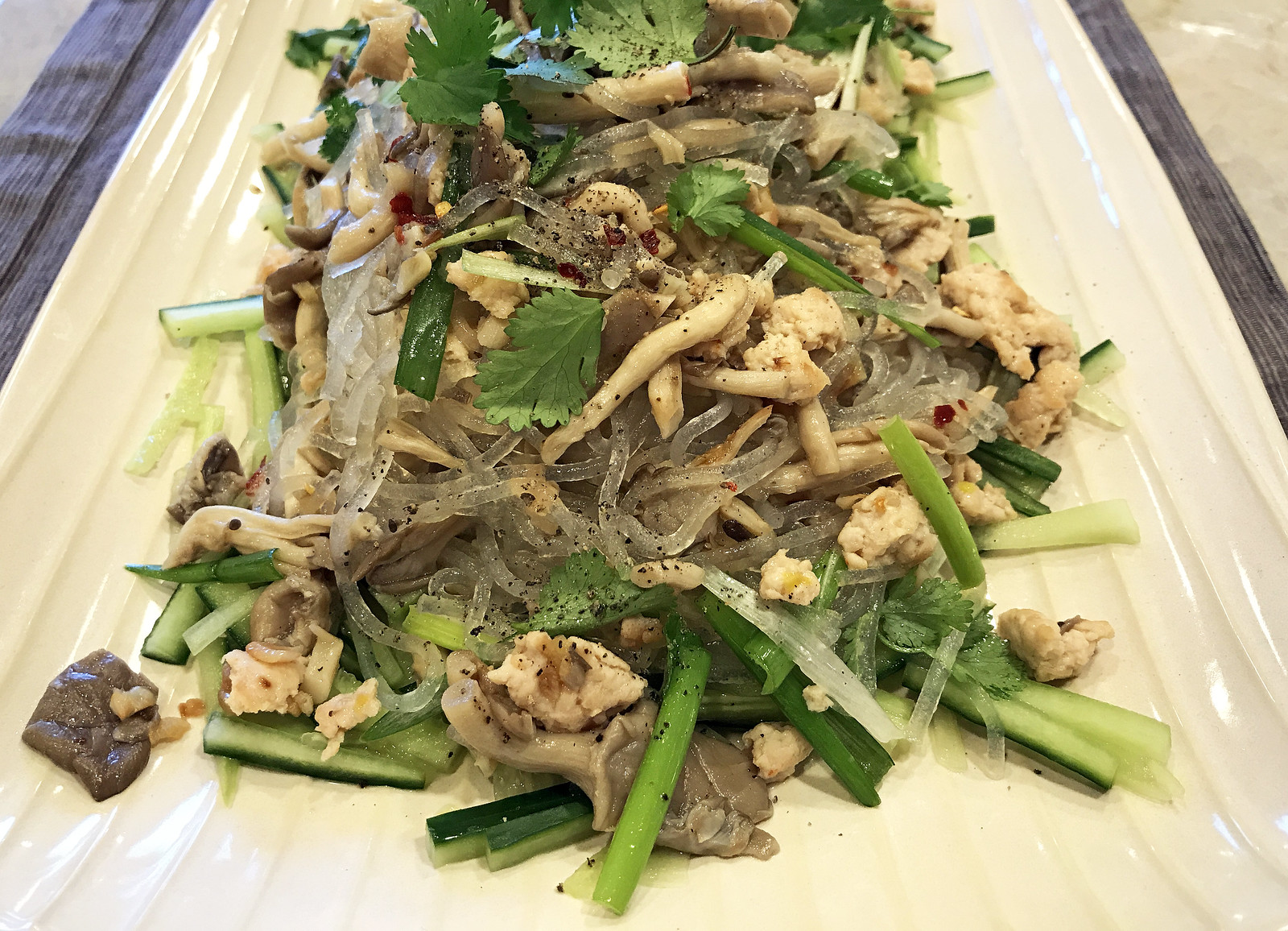I grew up in Santa Rosa, ground zero for California’s 2017 historic fire season that wiped out so much of the city, county, and region last year. The neighborhood I grew up in was one of the worst hit. Months later, neighbors are coming back and there is no sound sweeter than that of rebuilding. Shout out to a resilient community.
By chance, I’d visited Santa Rosa the day before the fires, and my parents had sent me home with a huge haul of produce from their garden, as they always do. Apples, blood oranges, Asian pears, pomegranates, figs, Meyer lemons, persimmons, muscat grapes, Persian mulberries, Persian cucumbers, San Marzano tomatoes, sun gold tomatoes, Santa Rosa plums — I could go on and on. I’ve been very lucky to be eating farm to table well before the phrase ever entered the popular vernacular.
With the fire went the beautiful garden that my parents had lovingly built over the decades, and in the haze of the days that followed, I found myself with a bag of fruit that I didn’t want to eat. If I ate the fruit, the last vestiges of the garden I grew up in would vanish forever. But if I didn’t eat the fruit, it would, of course, go bad.
So I infused the fruit in bourbon. A year later, I realize that sounds strange, but in the moment, it felt like the right thing do to. And you know what? That infused bourbon made the best old fashioned I’ve ever had. It was bittersweet, but in a sense, it allowed the fruit to be frozen in time.
The apple and lemon and pear trees may be gone forever, but they can be replanted. They’ll grow and thrive again. And until they do, I have this recipe to remind me that there is joy to be found in all places, no matter the circumstance.

Ingredients for the infused bourbon:
Peel from 1 whole grapefruit
Peels from 2 Meyer lemons
2 pear cores
2 apple cores
One 750-ml bottle bourbon
Ingredients for 1 old fashioned:
1/2 teaspoon sugar
5 dashes of Angostura bitters
Ice
2 ounces infused bourbon
1/2 ounce water
Orange twist, for garnish
1. Make the infused bourbon: Combine all of the ingredients in a jar; cover. Let stand at room temperature for 10 to 12 hours. Strain the bourbon through 
a cheesecloth-lined fine sieve.
2. Make the old fashioned: In a rocks glass, muddle the sugar with the bitters. Fill the glass with ice and stir in the infused bourbon and water. Garnish the drink with an orange twist.




